Americans could buy the very first mass-produced Saab car, the 92, all the way back in 1950. Few did, because a tiny and odd-looking Swedish car with a smoky two-stroke engine buzzing out 25 horsepower didn't seem suitable for highway use, especially when a new Plymouth business coupe sold for $1,371 (about $15,180 today). Then came the 93, notable to Americans mostly for being sold by novelist Kurt Vonnegut's Saab dealership in Massachusetts. The first Saab to win over respectable numbers of American car shoppers was the 96, introduced here for the 1961 model year. North American 96 sales continued through 1973, and I've managed to find one of the later 96s in a junkyard located near Pikes Peak in Colorado.
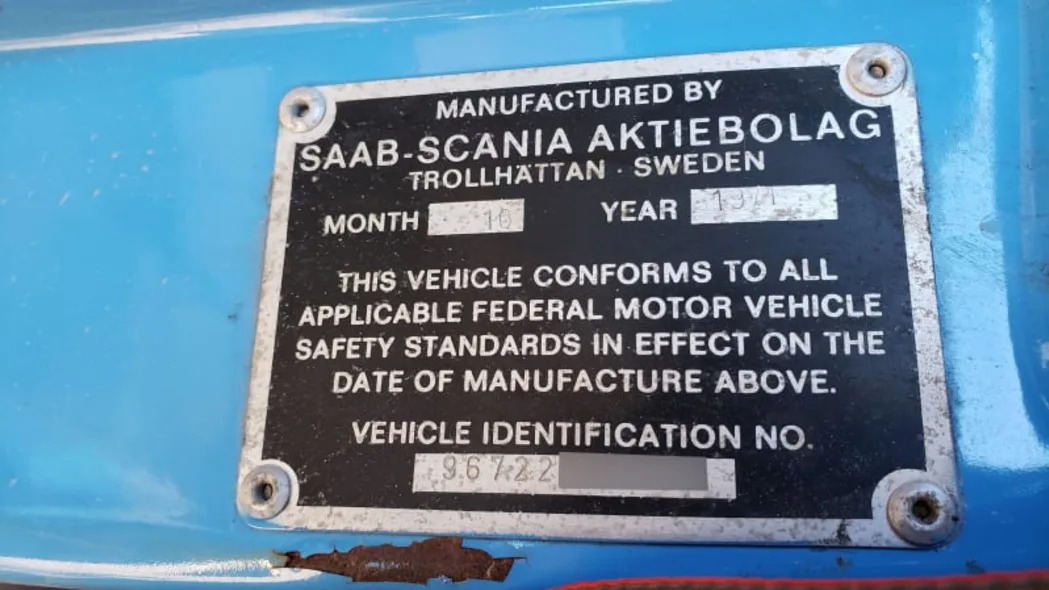
North American sales of the much less oddball 99 began in the 1969 model year, and that car evolved directly into the original 900 that sold very well through the early 1990s. Still, some Americans living in icy regions stayed loyal to the 96, so Saab kept selling 96s here until federal emissions and safety regulations made such sales unprofitable. Meanwhile, Scandinavians could buy new 96s all the way through 1980.
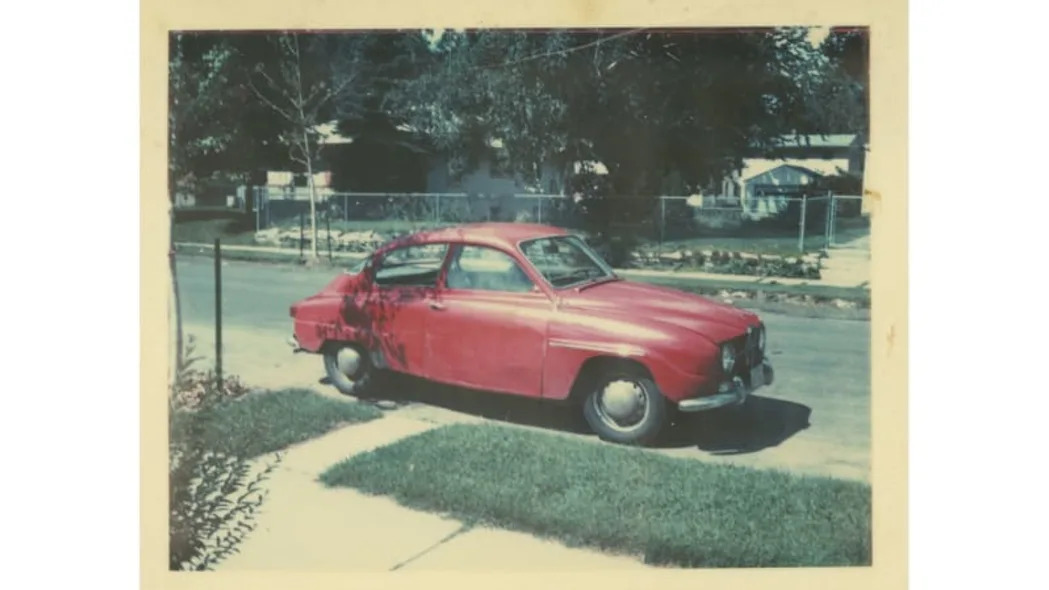
My grandfather, a self-taught engineer who set foot outside the city limits of St. Paul, Minn., only to race Corvettes at Elkhart Lake (in summer) and all manner of rust-prone imports on frozen lakes (in winter), had this Saab 96 when I was a kid. The somewhat uneven bodywork near street level is the result of house-paint-over-Bondo corrosion repairs, and I recall going on some terrifying high-speed rides around town with Grandpa, circa 1975, watching the pavement flash by through the holes in the floor as we headed to the VFW for the meat raffle. Hey, the St. Paul VFW had Grain Belt on tap for cheap, a consolation for those who failed to win any meat. After that, a man could take his Saab to an establishment selling authentic St. Paul booya. As I recall, this Saab finally broke in half at an ice race in the late 1970s and got replaced by a slightly less rusty Rabbit.
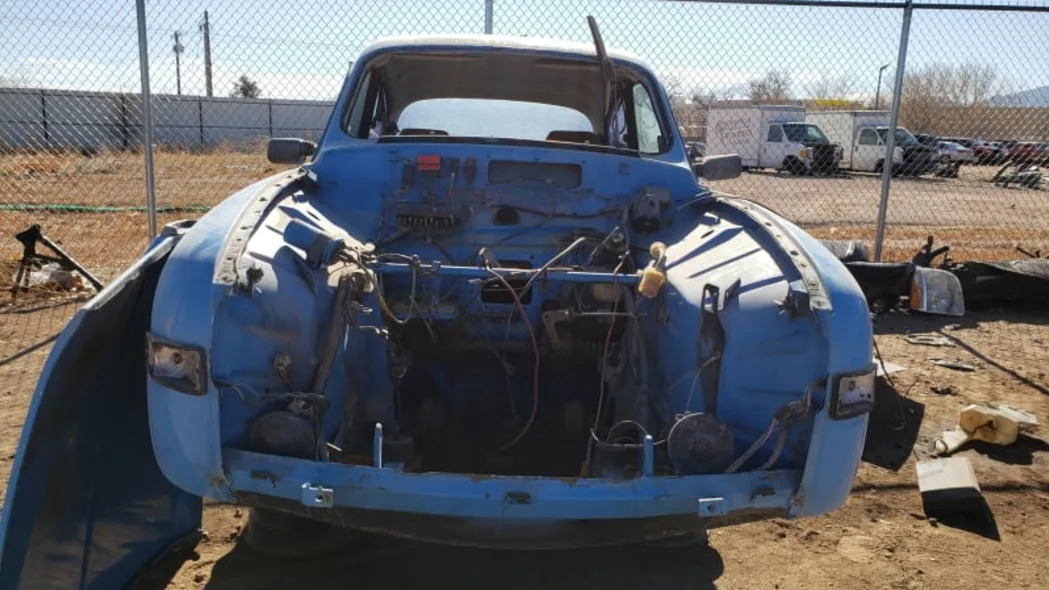
The serious Saab 96 nuts— including my grandfather— preferred the two-stroke three-cylinder engine, due to its chainsaw racket and allegedly superior performance on ice. By 1969, however, a Ford-produced V4 became the only powerplant available in a new 96 on our shores (the V4 had been an option for a couple of years prior to that). Someone grabbed the 65-horsepower V4 before I reached this car.
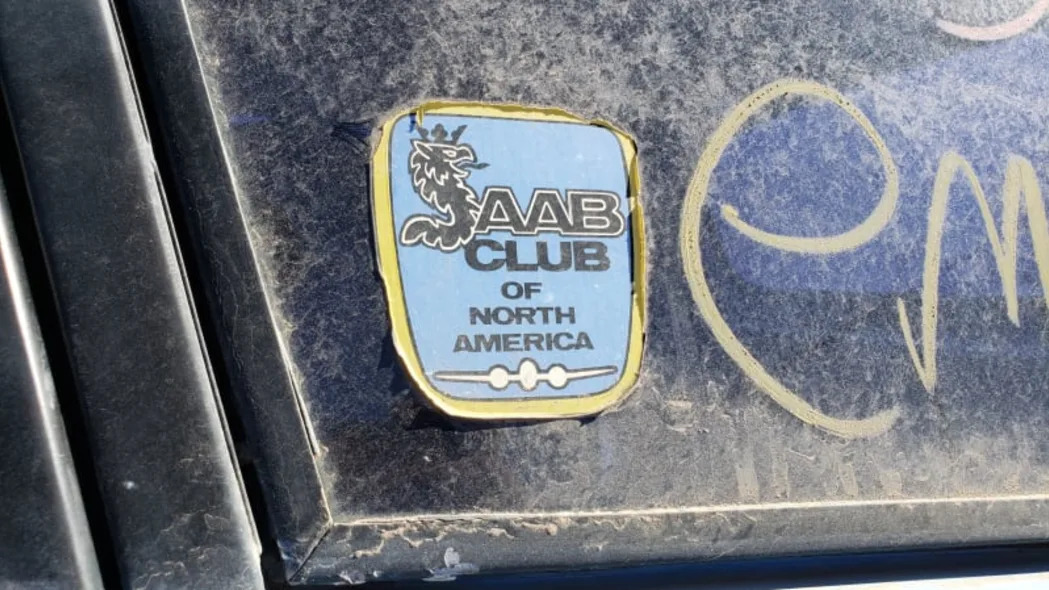
These days, 96s (and their 95 wagon siblings) show up in Colorado junkyards more frequently than 99s; this is the third 96 I've found here in the last decade. Perhaps that's due to the 96's cult following, which the 99 appears to lack.
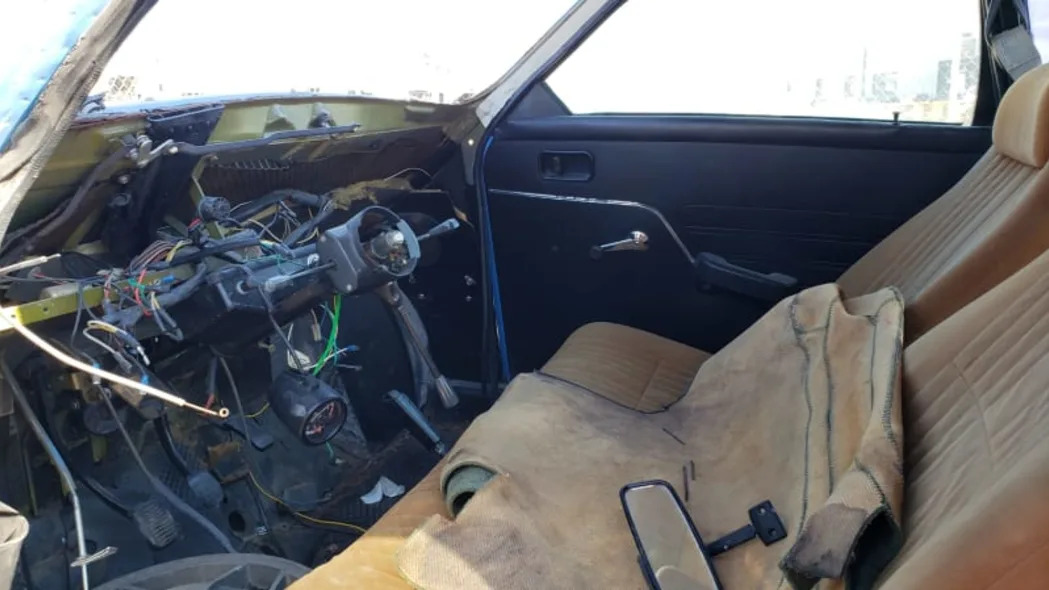
Because real (crazy) Swedes preferred a four-on-the-tree manual column shift with bench seat, that's the transmission setup in the 96. Plenty of American cars still had three-on-the-tree manuals in 1973 (that shifter format lasted here until 1979 in cars and 1987 in trucks), but the kings of column-shifted manuals were the Renaults and Alfa Romeos equipped with five-on-the-tree rigs.
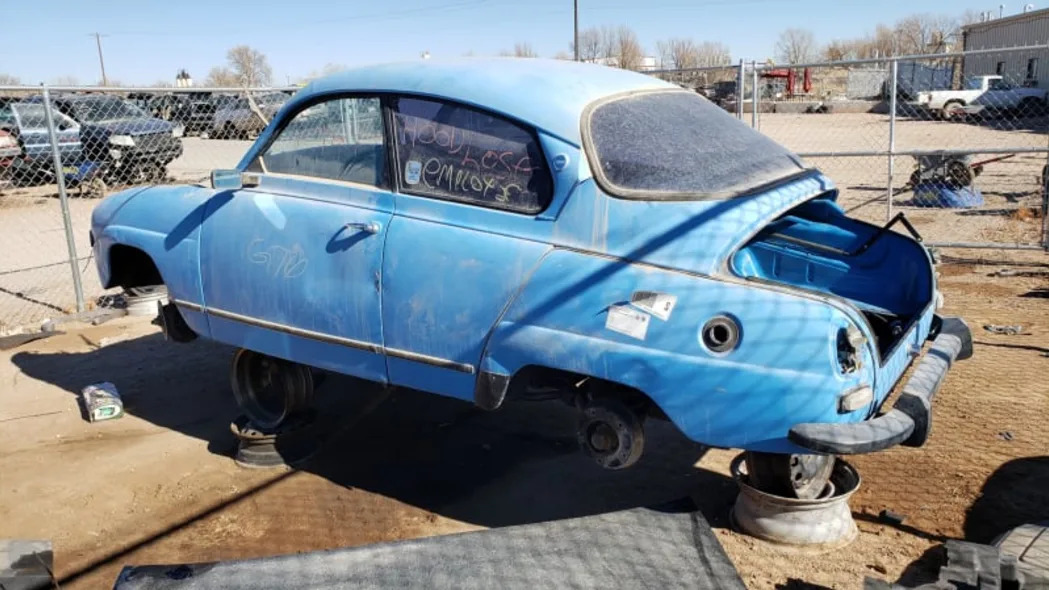
This car arrived at the yard in fairly complete condition, but local 96 owners yanked most of the good stuff off it before I managed to arrive with my camera.
The future!










Sign in to post
Please sign in to leave a comment.
Continue